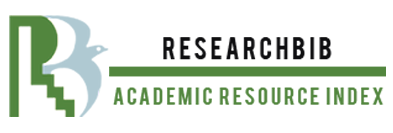Positive Effect of Sorbitol in Patients with Chronic Renal Insufficiency
Keywords:
sorbitol, chronic renal failure, enterosorbents, nitrogenous slagsAbstract
The purpose of the study. To evaluate the effect of sorbitol in combination with enterosorbents on the gastrointestinal tract in the complex treatment of chronic renal failure.
Material and methods. The study included 40 patients with chronic renal insufficiency. Diagnosis and assessment of the severity of uremia was carried out by determining the glomerular filtration rate (blood urea and creatinine levels), A/D profile, as well as the degree of edema.
Results. In patients receiving sorbitol 10-15 days earlier than in the control group, there is a decrease in the level of nitrogenous slags in peripheral blood (urea, creatinine), a decrease in edema, a decrease in hypertension. Taking sorbitol is accompanied by a decrease in the symptoms of uremic intoxication and an improvement in the condition of patients, which occur after 7-10 days of treatment. This is manifested in a decrease in itching, nausea and vomiting, headache and a decrease in the level of nitrogenous toxins in the peripheral blood. Good health when taking sorbitol lasts from 1 to 6 and even 12 months.
Conclusion. The use of sorbitol in combination with other enterosorbents significantly complements traditional types of dialysis therapy, delaying the timing of the start of hemodialysis.










